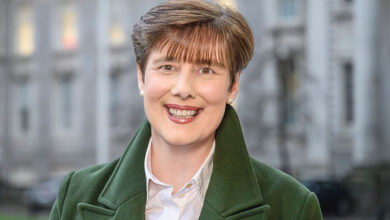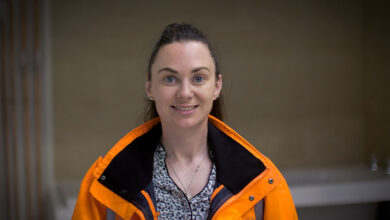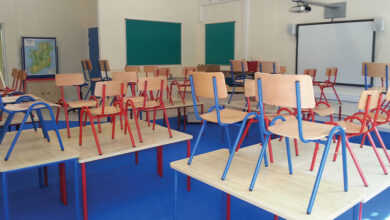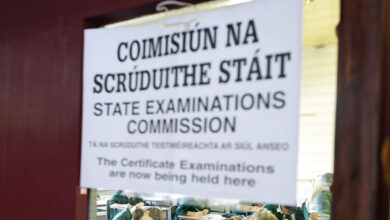OECD: Ireland’s education positive but spending low
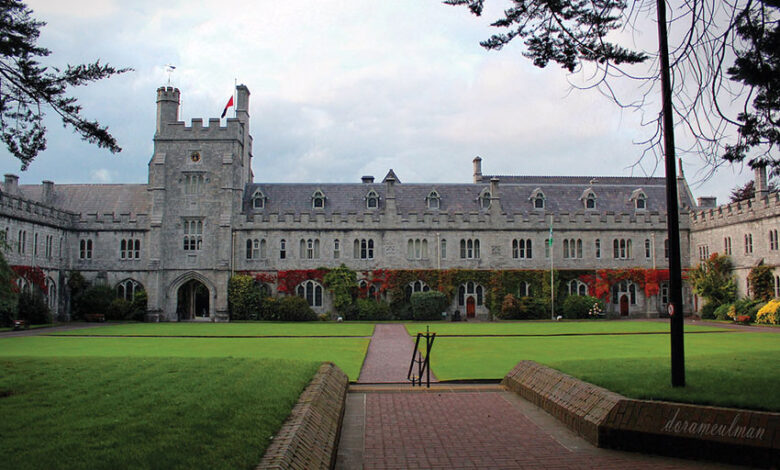
The Organisation for Economic Co-operation and Development’s (OECD) Education at a Glance report has delivered generally positive reviews on Ireland’s education outcomes; however, the report makes it clear that Ireland ranks low in terms of education spending as a proportion of GDP.
Published in September 2023, the report states that, out of 38 OECD member states studied, Ireland spent 3.2 per cent of the national GDP on education in 2020, ranking the State precisely last in the list and below the OECD average of 5 per cent.
More positively for Ireland is the OECD’s reporting on regional variation in the share of young people who are neither employed nor in education or training (NEET). These regional disparities, the OECD asserts, are smallest in Ireland, Denmark, and Norway where the gap between the highest and lowest regions is below 2 percentage points.
Further positively for Ireland is that, on average across OECD countries, the gender gap in employment rates among younger adults with vocational upper secondary or post-secondary non-tertiary attainment has hardly changed between 2015 and 2022. Australia, Estonia, Finland, Hungary, Ireland, Israel, and Slovakia, however, bucked this global trend, with a reduction in these states’ respective gaps of between 7 and 16 percentage points.
Although in many countries upper secondary vocational education and training (VET) serves both teenagers and adults, in a few countries initial upper secondary education is predominantly general. Among these countries is Ireland, where the OECD states that vocational programmes mostly serve those who have completed their initial schooling, and less than 12 per cent of 15–19-year-old upper secondary students are pursuing VET.
In contrast to this, there are 11 OECD countries where the majority of 15–19-year-olds enrolled in upper secondary education are in vocational programmes.
In Ireland, as well as Denmark, Germany, Hungary, Latvia, and Switzerland, around nine out of 10 upper secondary VET students are in a combined school- and work-based programme, spending at least one-quarter of their time in work-based learning, but in 10 countries, the share is less than one in five.
“It is shameful that at a time of budget surpluses, Ireland is in last place when it comes to investing in our young people.”
Geraldine O’Brien, President, Association of Secondary Teachers Ireland (ASTI)
Integrating refugees
The report outlines measures taken to ensure that education was delivered to refugee students across many global countries. It states that Ireland aims to support all Ukrainian students “throughout all phases of the learning process”.
“This includes staff support in regional education and language teams placed around the country, resources for students include tutors who can offer academic guidance, among other localised forms of support. Furthermore, the Irish Universities Association is in the process of establishing a Central Irish Higher Education Helpdesk with the aim of providing support to those who wish to enter VET programmes.”
In May 2022, Ireland established the National Student and Researcher Helpdesk to assist displaced students and researchers from Ukraine to apply to the higher education system or to be matched with a principal investigator to continue their research.
The OECD outlines that over 1,126 students applied. The report praises that further support to these students – a temporary tuition fee support scheme – was implemented with the Irish Government paying tuition fees for students studying a full-time course in a publicly funded higher education institution. Students were also provided with a financial stipend of €1,150 from the Erasmus national grant. These measures were for the 2022/23 academic year only.
Tertiary education transition
The theoretical age of transition, referring to the age when students are typically expected to enter upper secondary education in the given country, once again shows positive outcomes for Ireland, where the OECD states that this transition has been “particularly smooth”.
Ireland, Iceland, Japan, South Korea, and Norway recorded at least 95 per cent of students at the theoretical transition age enrolled in upper secondary education.
This is in contrast with Colombia, Costa Rica, Germany, Luxembourg, and the Netherlands, where the report says that the transition appears “less smooth”. In these countries, over 15 per cent of the cohort are still in lower education one year after the expected transition age.
Reacting to the publication of the report, the Association of Secondary Teachers, Ireland (ASTI) stated that that although Ireland’s education system is delivering generally positive outcomes, that these outcomes are not resulting in prosperity for Irish teachers and education staff, with well-established destinations for Irish teaching graduates, such as Canada and Australia, offering significantly higher starting salaries.
The President of ASTI, Geraldine O’Brien, also said: “It is shameful that at a time of budget surpluses, Ireland is in last place when it comes to investing in our young people.”

